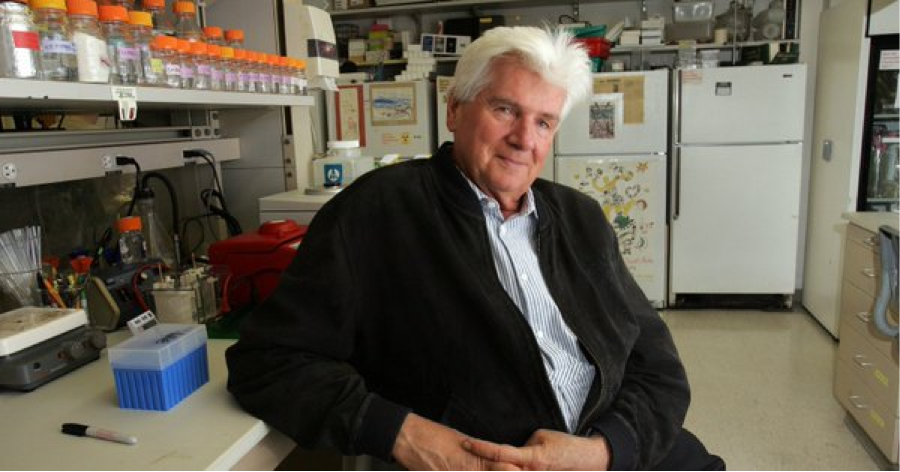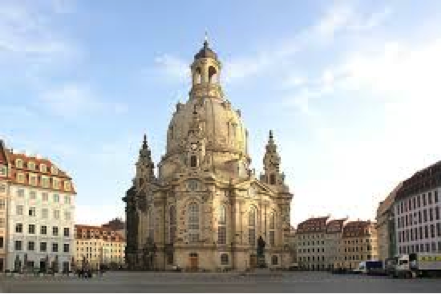News
Günter Blobel (May 21, 1936 – February 18, 2018)
Posted by: Joachim Frank |
February 20, 2018 |
No comment

Günter Blobel was a German biologist born in Silesia, which is now part of Poland. He received the 1999 Nobel Prize in Physiology and Medicine for the discovery that proteins have intrinsic signals – Zip code-like — that govern their transport and localization in the cell. Following his pioneering biochemical discoveries on signaling he postulated the existence of a “translocon,” a pore in the ER membrane specialized to receive polypeptides from the ribosome and translocate them into the ER or assist them to fold and become a membrane-intrinsic proteins.
 Guenter was very supportive of my research and we entered a collaboration to visualize a complex formed by the translocon with the 80S ribosome. The resulting paper, Beckmann et al., J. Cell Biol. 2001, has been widely cited as it was the first proof of a physical correlate of a protein translocation machinery. In Germany, Guenter was well known for his active involvement in the rebuilding of Dresden’s Frauenkirche which was totally destroyed during WWII.
Guenter was very supportive of my research and we entered a collaboration to visualize a complex formed by the translocon with the 80S ribosome. The resulting paper, Beckmann et al., J. Cell Biol. 2001, has been widely cited as it was the first proof of a physical correlate of a protein translocation machinery. In Germany, Guenter was well known for his active involvement in the rebuilding of Dresden’s Frauenkirche which was totally destroyed during WWII.
The news were quite a shock to me since a little less than a year ago, in his capacity as Chair of the Wiley Committee, he bestowed the Wiley Prize in Biomedical Sciences to Richard Henderson, Marin van Heel, and me. At this occasion, sitting next to me and my wife during lunch, he recapitulated the early discoveries on signaling with his mentor David Sabbatini.



